
Applying EQ with PARIS
By Craig Anderton
Too many people adjust equalization with their eyes, not their ears. For example, after doing a mix recently, I noticed the client writing down all the EQ settings. When I asked why, he said it was because he liked the EQ and wanted to use the same settings on these instruments in future mixes.
While certain EQ settings can certainly be a good point of departure, EQ is a part of the mixing process. Just as levels, panning, and reverb are different for each mix, EQ should be custom-tailored for each mix as well. Part of this involves knowing how to find the magic EQ frequencies for particular types of musical material.
There are three main applications for EQ:
- Problem-solving
- Emphasizing or de-emphasizing an instrument in a mix
- Altering a sound's personality
Each application requires specialized techniques and approaches.
- Lowpass:
This passes all frequencies below a certain frequency (called the cutoff or rolloff
frequency), while rejecting frequencies above the cutoff frequency (Fig. 1). In real world
filters, this rejection is not total. Instead, past the cutoff frequency, the high
frequency response rolls off gently. The rate at which it rolls off is called the slope.
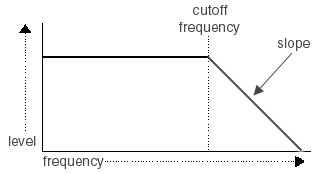
Fig. 1Lowpass filter response. - Highpass:
This is the inverse of a lowpass response: it passes frequencies above the cutoff
frequency, while rejecting frequencies below the cutoff (Fig. 2).
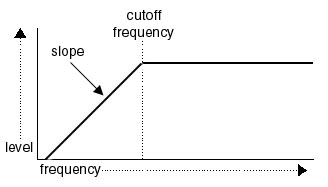
Fig. 2Highpass filter response. - Shelving:
This doesn't allow for very precise sound shaping, but can correct broad deficiencies such
as lack of high frequency "sparkle" or excessive "boominess" in the bass end (Fig. 3).
PARIS offers a high-frequency or low frequency shelf for each section.
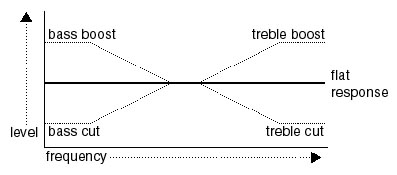
Fig. 3Shelving equalizer response. - Bandpass:
This boosts only those frequencies around its resonant frequency, while rejecting higher
and lower frequencies. PARIS's bandpass filter is the most complex filter structure, as it
has variable frequency, bandwidth (also called Q), and boost/cut level (Fig. 4).
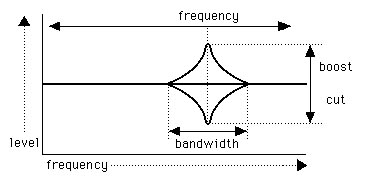
Fig. 4PARIS's parametric EQ is based around a bandpass filter. Cutting the response at a specific frequency produces a notch filter response.
PARIS has four EQ stages for each channel. These are implemented in hardware, so the stages are always available and not dependent on processor speed, number of tracks being used, etc., as can happen with software-based EQ. Fig. 5 shows how PARIS displays the five filter responses.
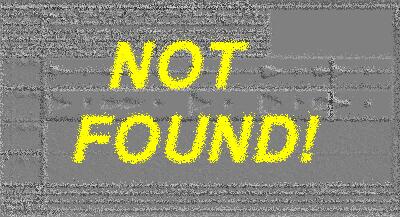
Note that not all parameters are relevant to all filter structures. The highpass and lowpass filters do not include level or Q adjustments. The high shelf and low shelf filters allow for level control, but not Q. The bandpass filter, which is a true arametric type, offers level, frequency, and Q controls. (In the PARIS software, all parameters are shown at all times. Parameter values have been removed here for illustration only.)
One common problem is an instrument with a resonance or peak that interferes with other instruments, or causes level-setting difficulties. Following is a procedure that takes care of this situation.
Over the years I've produced several albums by classical guitarist Linda Cohe. She has a beautiful instrument with a full, rich sound that projects very well on stage, thanks to a strong body resonance in the lower midrange that causes a major level peak. However, recording is a different matter from playing live. Setting levels so that the peaky, low frequency notes don't overload the recorder means that the higher guitar notes sound weak by comparison.
Although compression/limiting is always an option, it alters the guitar's attack; while this effect might not be noticeable in an ensemble, it sticks out with a solo instrument. A more natural-sounding answer is to use EQ to apply a frequency cut equal and opposite to the natural boost, thus leveling out the response. But there's a trick to finding problem frequencies so you can alter them; the following works like a charm.
- Turn down the monitor volume - things might get nasty and distorted during the
following steps.
- Set the EQ for lots of boost (10-12 dB) and fairly narrow bandwidth (around a
half-octave or so).
- As the instrument plays, slowly sweep the frequency control. Any peaks will jump out
due to the boosting and narrow bandwidth. Some peaks may even distort.
- Find the loudest peak, then cut the amplitude until the peak falls into balance with the rest of the instrument sound. You may need to widen the bandwidth a bit if the peak is broad, or use narrow bandwidth for single-frequency problems such as hum.
This technique of boost/find the peak/cut can help remove midrange "honking," strident resonances in wind instruments, and much more. Of course, sometimes you want to preserve these resonances so the instrument stands out, but many times applying EQ to reduce peaks allows instruments to sit more gracefully in the track.
In one of my more unusual projects, I needed to remove boat motor noise from some whale samples. Motor noise is not broadband, but exists at multiple frequencies. Applying several extremely sharp and narrow notches at different frequencies took out each component of the noise, one layer at a time, until the motor noise was completely gone.
This type of problem-solving also underscores a key principle of EQ: 'tis better to cut than boost. Boosting uses up headroom; cutting opens up headroom. In the example of solving the classical guitar resonance problem, cutting the peak allowed for bringing up the overall gain to record a much higher average level.
© 2002 All Rights Reserved E-MU / ENSONIQ